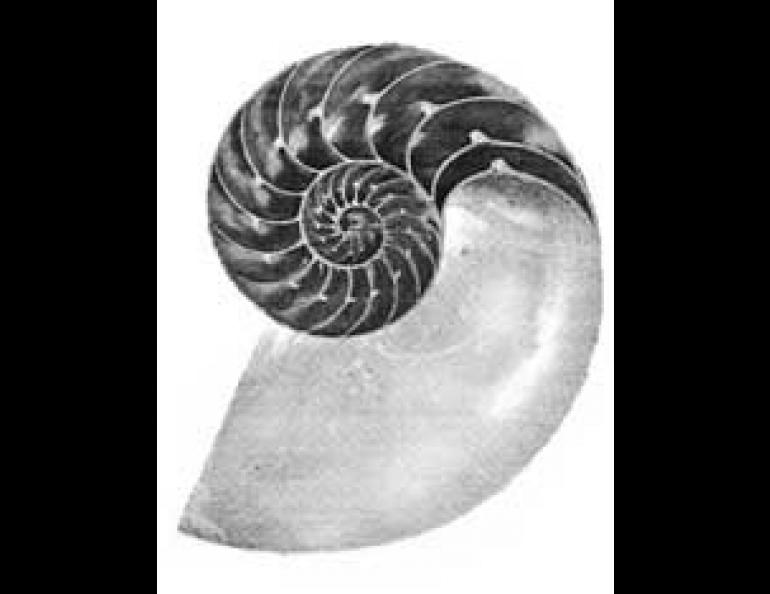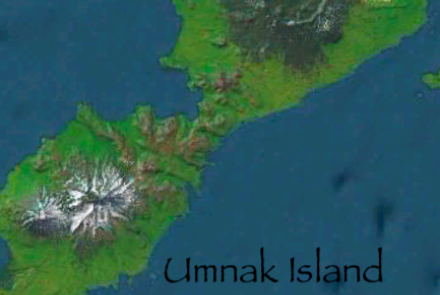
Nature's Golden Ratio
What do the chambers of a nautilus shell have in common with the Parthenon and playing cards? It turns out that their forms are examples of a standard proportion.
There is a fundamental ratio found over and over again in nature that seems to please human perceptions. Geometrically, it can be defined as the ratio obtained if a line is divided so that the length of the shorter segment is in the same proportion to that of the longer segment as the length of the longer segment is to the entire line. Mathematically, these ratios are such that the longer segment is 1.618054 times the length of the shorter segment, while the shorter is 0.618054 times the longer.
These are remarkable numbers. Not only are the figures after the decimal point identical in both, but each is the reciprocal of the other (that is, the number 1 divided by either yields the other). These are the only two numbers that demonstrate this property. Unlike pi, another fundamental constant in which the decimals extend to infinity (3.14159. . .), these factors are exact after the first six decimals.
The earliest evidence of human appreciation for the pleasing qualities of these proportions is found in the pyramids at Giza, which appear to have been built with a 5 to 8 ratio between height and base. This is a close approximation (0.625) to the "perfect" ratio, although scholars disagree over whether the Egyptians were actually aware of it.
Even if it is not certain that the Egyptians knew of the ratio, there is no question that the Greeks had been able to calculate it. They called it the "golden ratio." Not understanding why, they knew that it felt good and it looked good, and they incorporated it into much of their art and into many of their buildings (including the Parthenon, which is generally considered to be antiquity's most perfect structure)
The secret was lost with the fall of Greece, but it began to resurface in the 16th century when Leonardo da Vinci utilized it in his painting and sculpture. Soon, many of the masters began to proportion their canvases according to the golden ratio, and it is still the shape most preferred today for anything from window blinds to table tops.
But it is not just the artistic eye that appreciates the golden ratio (or the artistic ear, for that matter--musical harmonics are also based on it). Its expression is found almost any place we look in nature.
Among other things, there is a common growth pattern in which the sizes of additional units are governed by a proportionality relationship to units that have been formed earlier. The same golden ratio that appears as a rectangle in human constructs often is expressed in nature forms as an elegant spiral. The chambered nautilus expresses this principle as it outgrows its old "living quarters" and sequentially builds roomier ones in a spiral pattern whose dimensions are determined by the golden ratio. When a new apartment is finished, the animal crawls into it and slams the door on the old one with a lid of mother-of-pearl. The old chambers are then used for flotation.
Spirals emerge from the golden ratio in the following manner: If a golden rectangle is subdivided by a line which forms a square out of one end, the remainder is another, smaller golden rectangle. Repeated subdivision results in a series of squares and golden rectangles which spiral into the center of the pattern. Connecting the centers of all the squares formed in this manner gives rise to a series of "legs," each of which is relative in length to the one preceding or following by the golden ratio. Together, these all form a "logarithmic spiral," which is so rampant in nature.
Science cannot number the many applications that the golden ratio finds in nature. But to the person on the street, as it was to the ancient Greeks, maybe the best thing about it is that it looks nice.




